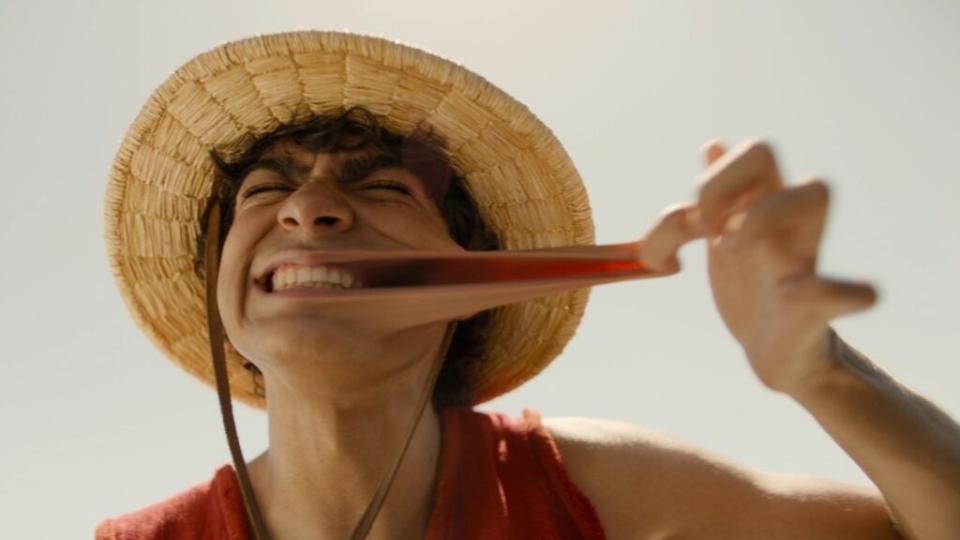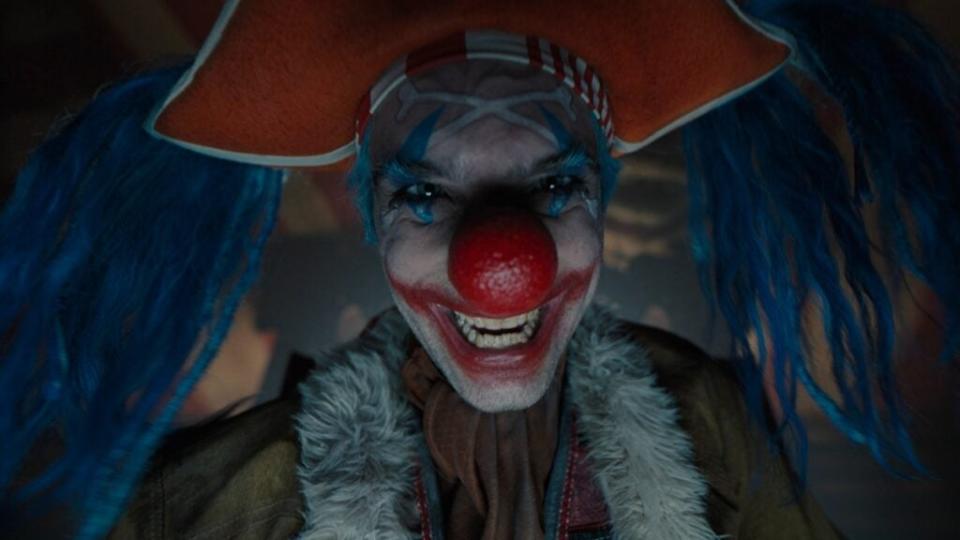‘One Piece’ Review: Netflix Finally Gets an Anime Adaptation Right
Everybody wants to be a pirate. These brave, bold and bonkers rogues roam the many seas in search of a near-mythical treasure known as the One Piece, the life’s work of Gol D. Roger, the former King of the Pirates. Nobody is more enthusiastic about the hunt than Monkey D. Luffy (Iñaki Godoy), a giddy straw-hatted kid who’s convinced he’s got the stuff to become the greatest pirate of all time. All he needs is a crew. And a ship. And to not fall into the water because he can’t swim.
Spare a thought for the poor American studios that dare to adapt anime into live action. It’s a genre with a disastrous reputation, so consistently of poor quality that video game adaptations seem like a safe bet by comparison. For many reasons, attempts to bring intrinsically Japanese stories and artforms to English-speaking audiences have struggled. For every boring disappointment like “The Ghost in the Shell,” there’s an outright disaster like “Dragonball Evolution” or “Death Note.” Yet you can’t blame Hollywood for continuing to try, especially when anime is in the midst of a worldwide commercial and critical boom. Such series have never been more accessible outside of Japan, and audiences’ awareness of the source material being plundered is higher than ever, so if you’re going to risk adapting one of the most beloved anime ever, you better bet expectations will be sky high.
To say that “One Piece,” Eiichiro Oda’s comedy-action saga, is beloved would be one of the bigger understatements of 2023. This is the best-selling manga series in history, and its anime is currently over 1000 episodes long. The slapstick-heavy tale of pirates and treasure is iconic in a way that can be difficult to quantify, much less condense into an eight-hour live-action origin story for new audiences. Given everything stacked against it, it’s pretty impressive how much Netflix’s version fits into such a short season, and it’ll be a relief for novices and die-hard fans alike that the end result is an enjoyable summer binge-watch.

Luffy has big plans of adventuring across the treacherous oceans populated by the pirates he naively idolises, and the corrupt Marines who claim to bring law and order to the open seas. For him, piracy is a rollicking good time, not an excuse for murder and cruelty, which puts him at odds with practically everyone he stumbles across. Inspired by the kindness and altruism of his childhood friend “Red-Haired” Shanks (Peter Gadiot), Luffy wants nothing more complicated or innocent than to chase his dreams. It’s an appealingly simple concept, with many subplots of dastardly and soapy power layered on top. Again, this is a series attempting to boil hundreds of hours of entertainment into eight, and fans will be impressed by how much it squeezes into that short time frame, including some beloved nemeses from the anime.
The production team has done an enviable job of recreating the anime’s vibrant settings and costumes, which include clown pirates, shark-men, multicolored ships and punk-esque hair dyes. It certainly looks gorgeous in a way many anime adaptations chicken out on. Yet it can’t help but feel like an ill fit with the series’ eagerness to bring realism to the cinematography, which frequently dilutes the gorgeous palate of its source material. It’s the same fate that befell Netflix’s take on “Cowboy Bebop,” and indeed is the default visual mode for the majority of American blockbuster fare. This is the hole that Hollywood anime adaptations cannot help but stumble into: smudging away the source material’s unique mood and aesthetic flair to make it more universally appealing (read: blander.) Mercifully, it’s not applied in every scene, but enough to draw your eye away from what matters.

The “One Piece” anime is extremely silly, but it also takes itself 100% seriously, eschewing realism while maintaining a rock-solid emotional core. Netflix has at least done a solid job of toeing at a tough tonal tightrope. Enough of the actors are game with the knowingly daft dialogue to keep the action up, particularly Godoy, who is having a lot of fun as the wannabe pirate with the flexibility of rubber and the mannerisms of an eager golden retriever. He’s balanced out nicely by the stoic Mackenyu as Roronoa Zoro, a triple sword-carrying bounty hunter, and a sardonic Emily Rudd as the loner thief Nami. Jeff Ward of “Agents of S.H.I.E.L.D.” is a notable stand-out as Buggy, the narcissistic clown pirate whose bad jokes are more likely to result in murder than laughs. The more the series leans into the surrealness and sheer cartoony joy of the anime, the more it succeeds, particularly in its fight scenes (which aren’t afraid to get gnarly.) It makes you wonder why more anime adaptations don’t go this route. It’d certainly be a more exciting choice than going grimdark.
When Netflix tried to make “Cowboy Bebop” happen, it failed to understand that copying the visuals and bloating the running time was not enough to capture the anime’s magic. It tried too hard to match the source beat for beat, yet the focus was all wrong and you walked away wondering what all the fuss was about with the original series. “One Piece” succeeds where “Cowboy Bebop” failed, in large part because the people making it actually seem to enjoy the material they’re adapting, but also because it knows when to stop and let the characters breathe. It revels in the slapstick fights but doesn’t skimp on making you care about these knowingly ludicrous characters. The stakes feel real, even when the set dressing is deliberately unreal. It goes a long way to helping “One Piece” feel like more than an extended cosplay session.
With a reported budget of $18 million an episode, “One Piece” is already one of the most expensive series on TV right now, but it could be money well spent if Netflix gets the audience it needs to succeed. This has real potential to be a rollicking adventure comedy with wide appeal if more than the series’ pre-existing fanbase checks it out. The bar may be low for anime adaptations but this is certainly one of the good ones: funny and exciting and soapy and truly gorgeous to look at.
“One Piece” works because it doesn’t screw around with the formula that made it a mega-hit in the first place. Let’s hope all future anime adaptations learn this lesson.
“One Piece” premieres Thursday, Aug. 31, on Netflix.
The post ‘One Piece’ Review: Netflix Finally Gets an Anime Adaptation Right appeared first on TheWrap.

 Yahoo News
Yahoo News 
